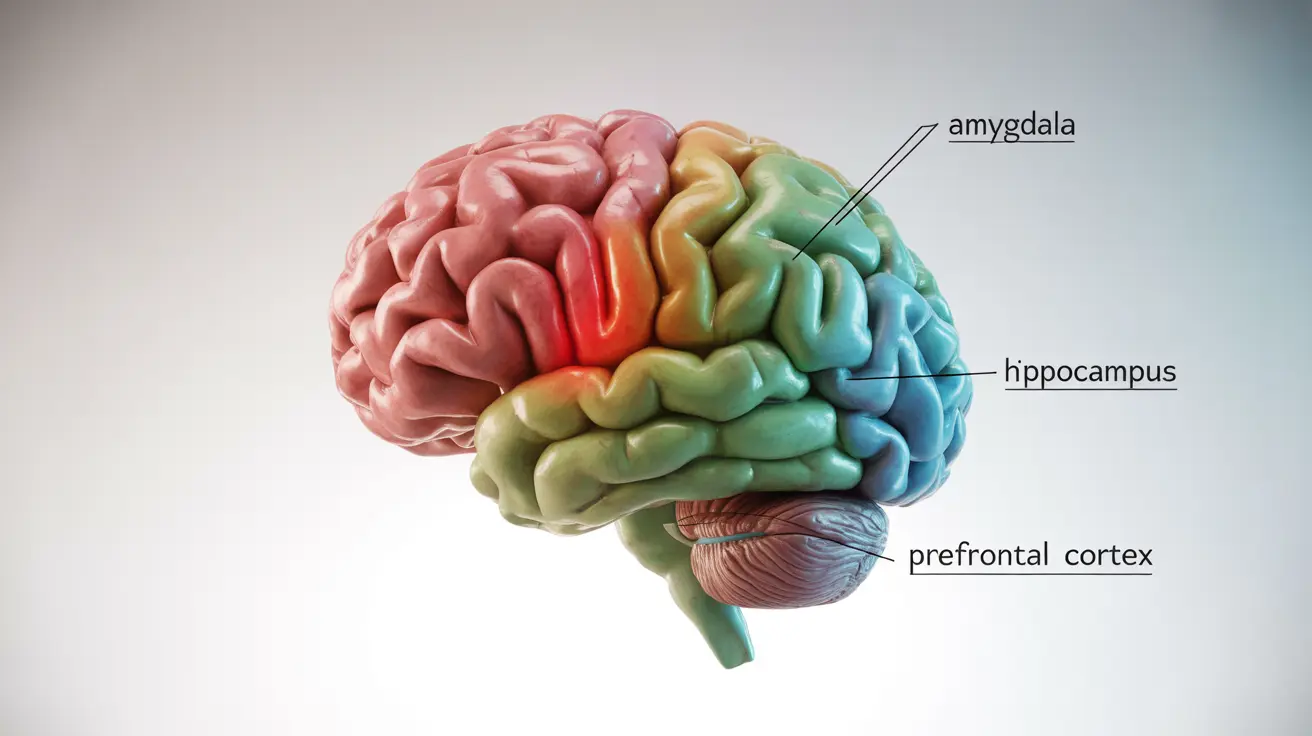When the brain experiences trauma, it undergoes significant changes that can affect everything from emotional regulation to memory formation. These alterations distinguish a trauma-affected brain from one that hasn't experienced severe psychological stress. Understanding these differences is crucial for both treatment approaches and recovery expectations.
Recent neuroscience research has revealed how trauma reshapes various brain regions, affecting their size, activity levels, and connectivity. These changes help explain many common trauma symptoms and provide valuable insights for treatment strategies.
The Amygdala's Response to Trauma
In a trauma-affected brain, the amygdala – the brain's threat detection center – becomes hyperactive. This heightened state creates several notable changes:
- Increased sensitivity to potential threats
- Stronger emotional reactions to everyday situations
- Persistent anxiety and hypervigilance
- Difficulty distinguishing between safe and dangerous situations
Unlike a typical brain where the amygdala maintains balanced activity levels, trauma can cause this region to remain in an almost constant state of high alert, contributing to many common post-traumatic stress responses.
Hippocampus Changes and Memory Processing
Trauma can significantly impact the hippocampus, a crucial structure for memory formation and emotional processing. Research has shown that trauma can lead to:
- Reduced hippocampal volume
- Disrupted memory consolidation
- Difficulty forming new memories
- Problems with contextualizing past experiences
These changes help explain why trauma survivors often struggle with memory fragmentation and may have trouble recalling specific details of traumatic events while being haunted by intrusive memories.
The Prefrontal Cortex and Emotional Regulation
The prefrontal cortex, responsible for executive function and emotional control, shows marked differences in trauma-affected brains:
- Decreased activity during stress responses
- Reduced ability to regulate strong emotions
- Impaired decision-making under pressure
- Weakened connections with emotion-regulating regions
These alterations can make it more challenging for trauma survivors to maintain emotional balance and make rational decisions when triggered.
Neural Plasticity and Recovery
Despite these significant changes, the brain's natural plasticity offers hope for healing:
- Neural pathways can be rewired through therapeutic intervention
- New coping mechanisms can be developed
- Stress response systems can be recalibrated
- Brain volume changes may be reversible with treatment
Evidence-based therapies like cognitive behavioral therapy (CBT) and EMDR can help create new neural pathways and restore healthier brain function.
Frequently Asked Questions
What are the main differences in brain structure between a trauma-affected brain and a normal brain? The key structural differences include a hyperactive amygdala, reduced hippocampal volume, and altered prefrontal cortex functioning. These changes affect emotion processing, memory formation, and executive function.
How does trauma impact the amygdala's function compared to a healthy brain? Trauma causes the amygdala to become hyperactive, leading to increased threat detection, stronger emotional reactions, and persistent anxiety. In contrast, a healthy brain maintains balanced amygdala activity.
Why does the hippocampus shrink after trauma and how does it affect memory? Chronic stress hormones released during trauma can cause hippocampal shrinkage, affecting memory formation and processing. This results in difficulties forming new memories and properly contextualizing past experiences.
What role does the prefrontal cortex play in emotional regulation in trauma versus normal brains? In trauma-affected brains, the prefrontal cortex shows decreased activity and weaker connections with emotion-regulating regions, making emotional regulation more difficult compared to normal brains where these functions remain intact.
Can therapy help reverse brain changes caused by trauma and PTSD? Yes, thanks to neuroplasticity, therapeutic interventions can help reverse some trauma-induced brain changes. Evidence-based treatments like CBT and EMDR can help create new neural pathways and restore healthier brain function.




